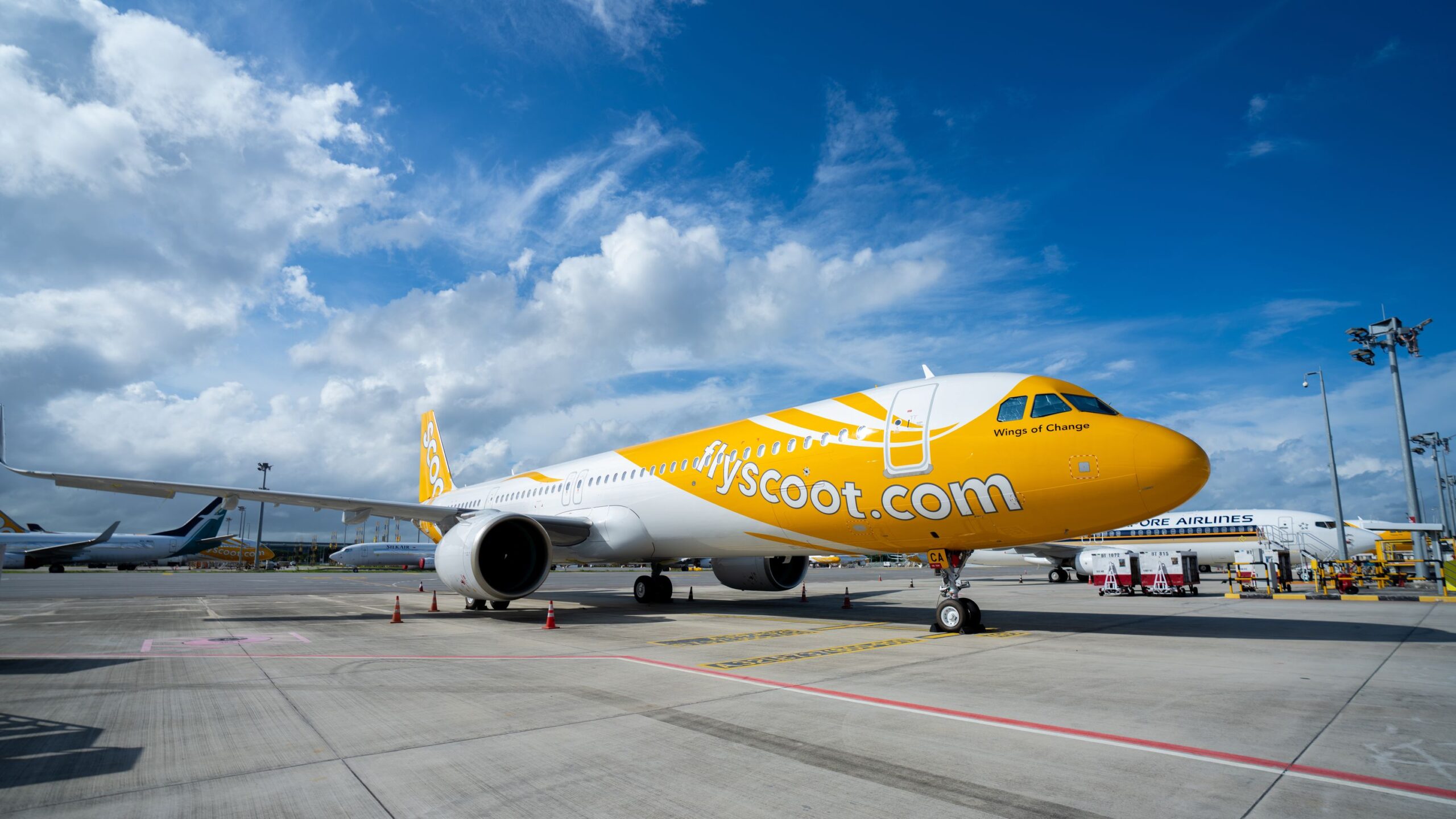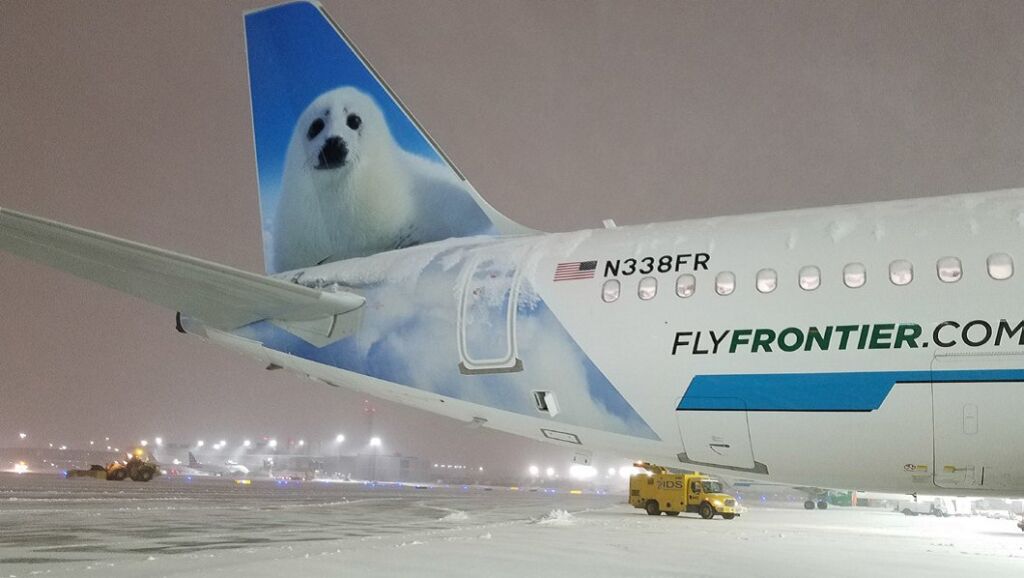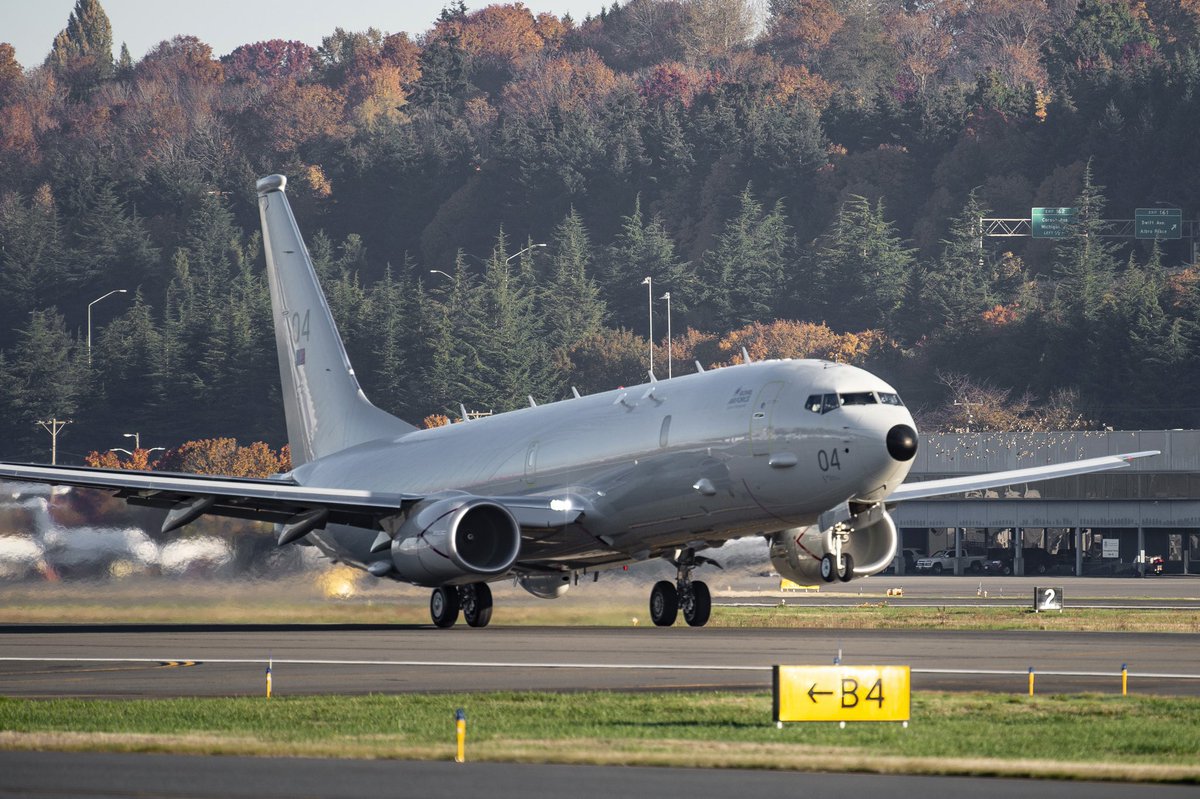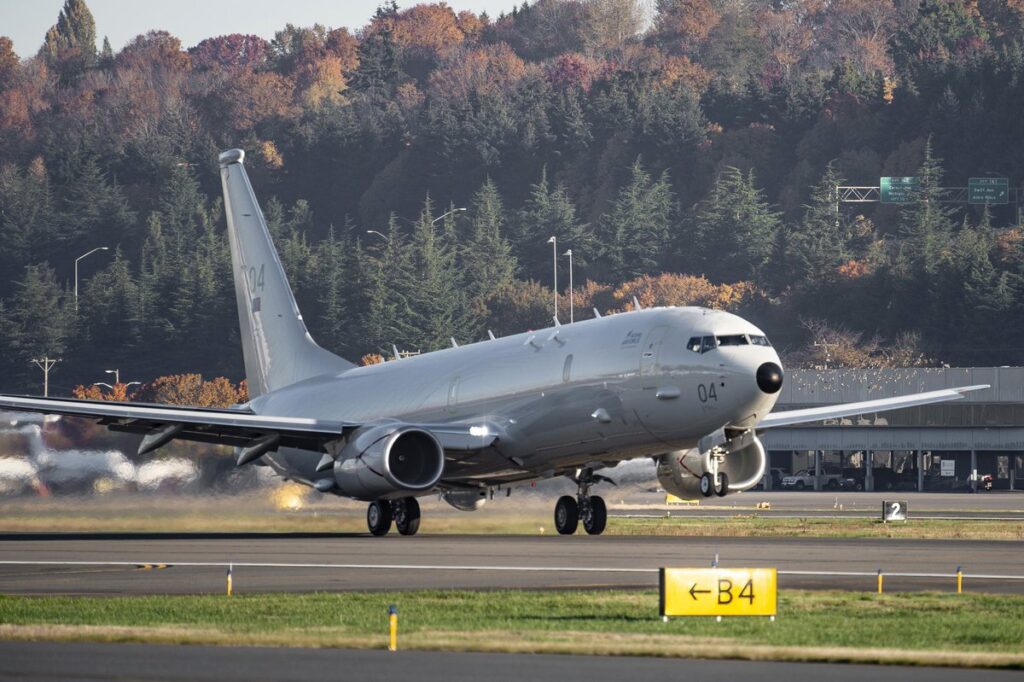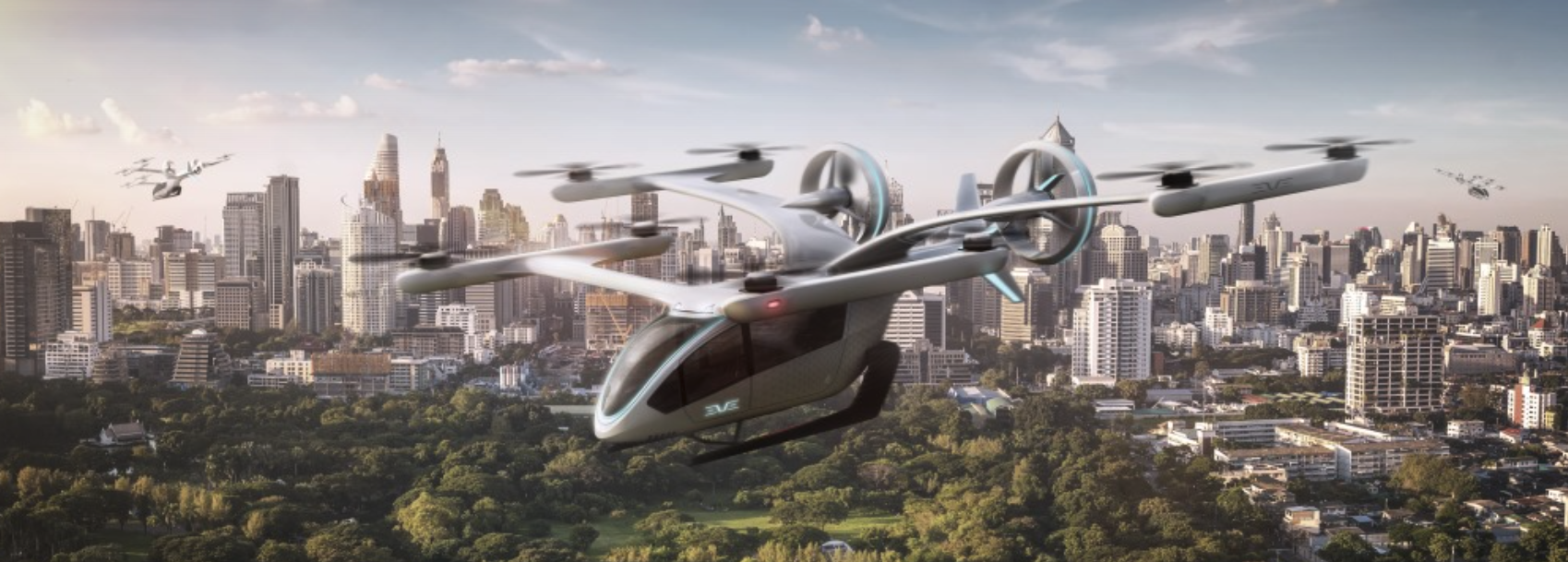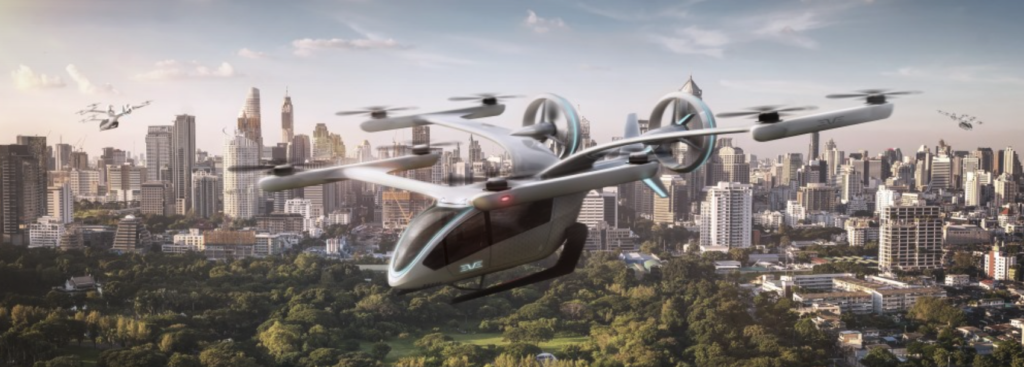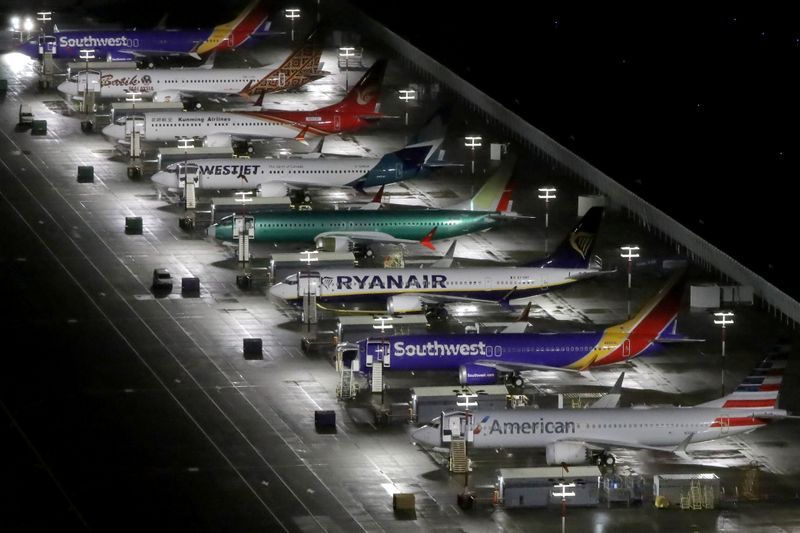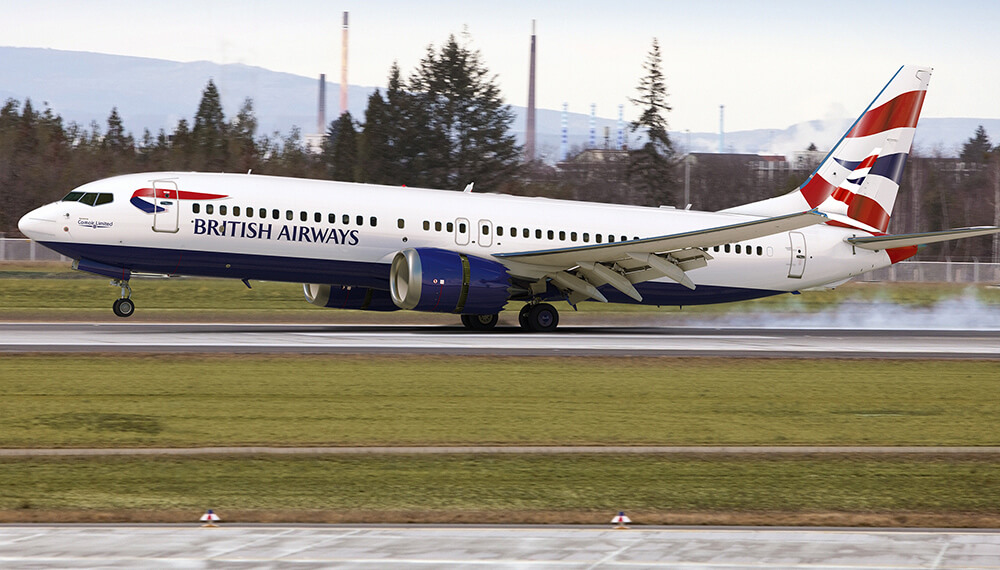Singapore, September 26, 2023 – Embraer (NYSE: ERJ) announced that it has signed a Pool Program services agreement with Scoot [Singapore Airlines Ltd (OTC: SINGF)] to support the airline’s incoming fleet of nine E190-E2. The Pool Program provides access to component exchanges and repair services for more than 300 repairable parts to support Scoot’s Embraer aircraft, allowing the airline to minimize their upfront investment in high-value repairable inventories and resources, while taking advantage of Embraer’s technical expertise along with its vast component repair service provider network. Currently, the Pool Program supports more than 60 airlines worldwide.
The E190-E2 jet is the world’s most efficient and quietest single-aisle aircraft and the first batch of E190-E2 will be delivered to Scoot in 2024. In addition to the Pool Program, Scoot’s operations will benefit from the AHEAD (Aircraft Health Analysis and Diagnosis) which comprises early detection capabilities for critical systems, reducing technical interruptions and avoiding flight cancellations; the eSight, with real-time fleet performance monitoring.
Singapore is the nerve centre for Embraer’s services and support Asia Pacific operations. In addition to personnel based in Singapore, the Company has a Regional Distribution Centre within Changi Airport’s free trade zone. Recently, Embraer and CAE announced the establishment of a state-of-the-art E2 full flight simulator and pilot training program in Singapore which will commence in 2023. The full flight simulator will be based at the Singapore-CAE Flight Training Centre located at SIA Training Centre.
